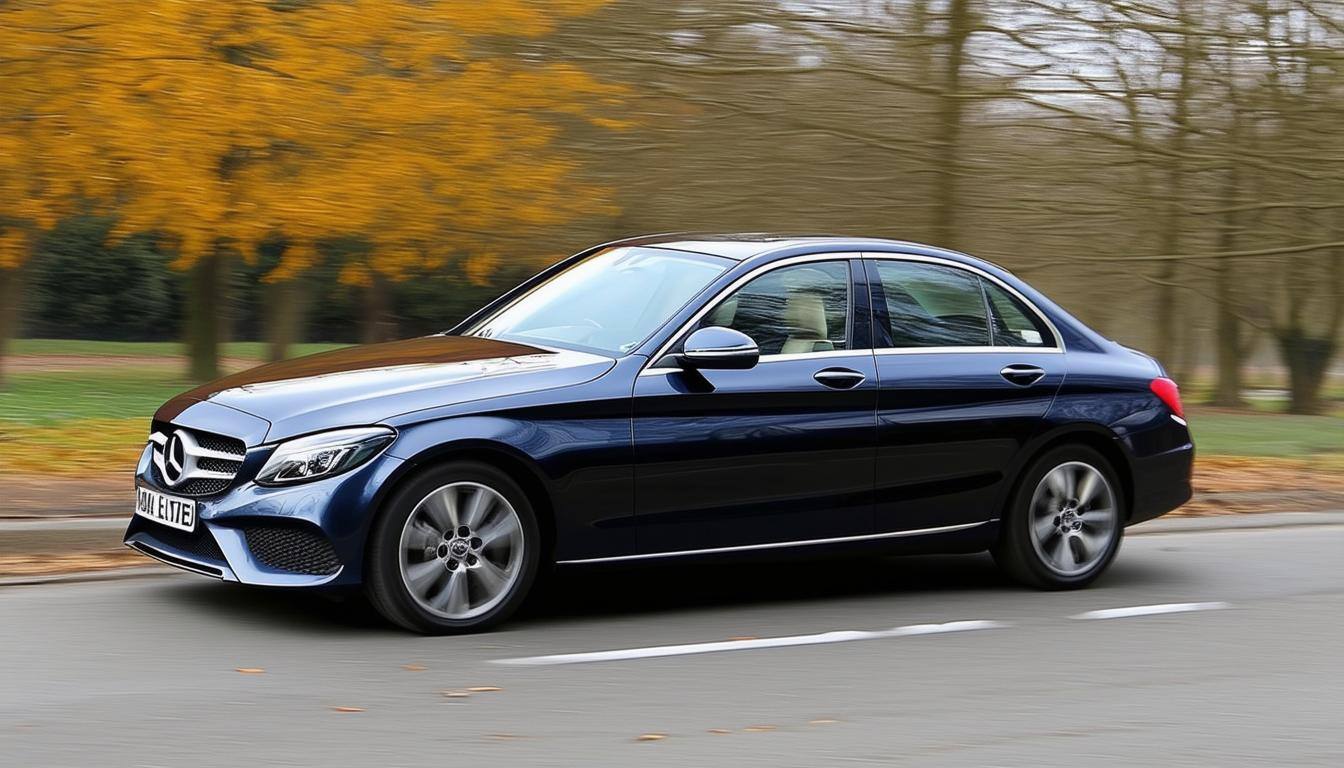Welcome to the Wagonex Car Reviews Hub — your central guide to the most popular,...

Car Subscription Explained
First Time Using Car Subscription? Here’s What You Need to Know!
You might be completely new to car subscriptions — or perhaps you’ve been enjoying the flexible car options for a while.
Either way, we want to make sure you have everything you need to start (or restart) your subscription journey with confidence. If there’s anything we’ve missed, let us know in the comments below — we’re always listening.
To help you get the most out of your experience, we’ve put together our top insights on how Wagonex works and how to make the most of your subscription.
Car subscription explained
Car Subscription is a great way to drive if you want minimal hassle and optimum flexibility.
How is Car Subscription more flexible?
You can subscribe to a car for as little as 1 month, which means subscription can be a cheaper alternative to long-term rental. However, a lot of our suppliers also offer contracts for up to 2 years. There is also the option to cancel your subscription if you need to, meaning you aren't tied down by 5-year contracts should your circumstances change.
What do you mean by all-inclusive?
Car Subscription makes your day-to-day life much simpler because a lot of the additional costs that come with owning a car are organised into one monthly payment. This includes road tax, breakdown cover, maintenance and servicing.
Is it all online?
We want to make it as easy as possible for you to use our service when it suits you. Our fully digitised journey means you can request a subscription vehicle online at any time. We understand that choosing a new car can be a big decision, so if you need a helping hand, our dedicated customer service team are on hand to help 9am-5pm Monday-Friday by phone, web chat and email.
We understand it can be hard finding the time to visit a dealership so instead you get the car delivered to your home or work - most of our partners can deliver to anywhere in the UK!
Top Tips For Getting A Car Subscription
Crunch the numbers
Subscription can be more cost-effective than other types of ownership but you might need to adjust to paying a slightly higher monthly fee instead of paying for things such as repairs and insurance as and when you need to, which can often land at inconvenient times!
Have a maximum monthly budget in mind
Paying for your subscription monthly means it’s vital that you set yourself a monthly budget that you feel you can afford to spend on a vehicle. We do run a soft credit check and our partners will need to carry out affordability checks to ensure the subscription you choose is a viable option for you.
Don't be put off by the deposit
A subscription usually includes a small deposit to secure your vehicle, but unlike many car finance options, this deposit is refundable when the car is returned. As you don't need to have a four figure deposit to hand, subscription can be a great option if you don't have a sum of money set aside to buy a car or to put down a large deposit.
Consider The Cost of Ownership
Most of our subscription vehicles are new or only a few years old, but if anything should go wrong, the maintenance of the vehicle is covered in line with the BVRLA wear and tear guidelines and your car gets serviced annually for you too, ensuring that it's in tip top driving condition. When you own a car, all of this falls on you to sort and pay for which can make budgeting difficult, particularly if you're driving a slightly older vehicle.
Here's a list of the additional costs that usually come with other types of car ownership:
- Road tax
- Minor repairs
- Maintenance and servicing
- Breakdown cover
- Insurance
With a subscription vehicle, you also don't need to worry about car depreciation like you do with traditional vehicle ownership, as this mainly impacts the vehicle supplier.
What do you need to subscribe online with Wagonex?
To make it easier and quicker to make a vehicle request, make sure you have this information ready and available before you complete our online checkout:
- Credit or debit card
- Account number and sort code
- Driving licence
- Three years address history
- Access to a mobile phone to verify your identity
Do you meet the criteria?
We work with a number of trusted partners to provide a range of vehicle subscription options but there are some circumstances that mean you'll be unlikely to be accepted for a car subscription. For example;
- You're under 25 years old
- You have active County Court Judgements (CCJs)
- You've had your driving licence for less than 1 year
- You've had a major driving conviction in the last 3 years
- You have more than 6 points on your licence
- You have a very poor credit rating
How easy is it to swap your vehicle?
If you want to swap, renew or return your car, go to the ‘My Garage’ section of your account on Wagonex.com or talk to our customer service team.
If you want to swap your vehicle for another, it’s always best to give us as much notice as possible. We recommend at least a week to ensure our partners can deliver your new car when required and settle anything outstanding with your previous subscription.
If you need help with any of the above someone from our customer service team would be happy to talk you through the process. You can call 020 3002 0976 or email help@wagonex.com.
How easy is it to return the car?
At the end of your subscription the supplier of the car will be in touch to arrange the return of the vehicle. After the car has been returned, our supplier will do a BVRLA fair wear and tear check. Once that’s completed your deposit will be back in your bank account.
So, what are the benefits of car subscription?
Car subscription services offer numerous benefits, transforming the traditional car ownership model.
Flexibility - you can access a variety of vehicles without the long-term commitment and financial burden associated with buying a car. This flexibility is particularly appealing to those who prefer to adapt their vehicle choice to different life stages or changing needs.
Cost efficiency - car subscriptions typically include maintenance, servicing and roadside assistance in a single monthly fee, simplifying budgeting and eliminating unexpected expenses. This consolidated approach often results in lower overall costs compared to traditional ownership.
Try before you buy - car subscription services often feature the latest models and cutting-edge technology, allowing subscribers to enjoy the thrill of driving a new vehicle regularly or to try cars on a short-term basis before making a decision to buy. This appeals to tech-savvy consumers who value staying up-to-date with the latest automotive advancements or those looking to test out an EV before committing.
Environment - car subscriptions can contribute to a more sustainable and eco-friendly lifestyle as well. By promoting part-time vehicle use and reducing the number of idle cars, these services can help decrease overall carbon emissions and alleviate parking congestion.
How does subscription compare to leasing?
We've looked at the benefits and the considerations for subscription, but how is it different to leasing?
You'll see some similarities if you have previously leased a car. Lease contracts tend to start at a minimum of 24 months which means you are tied in to the same vehicle and costs for 2 years, with little wiggle room to return or swap your vehicle. To make the monthly payments cheaper, those who lease often go for contracts as long as 3-5 years and have to pay a hefty non-refundable deposit upfront for a vehicle they'll never own.
That’s different to subscription where shorter contracts are much more common which means its less of a commitment and you have the freedom to change your car depending on any lifestyle changes. Read our comprehensive guide on how subscription compares to leasing and PCP for more information.
In summary, car subscriptions offer flexibility, cost efficiency, access to the latest technology, and contribute to a more sustainable transportation model, making them an attractive option for modern consumers seeking a hassle-free and adaptable approach to car ownership. Wagonex.com works with a number of trusted suppliers to give you a wide range of vehicle and subscription packages to choose from, all you have to do is find the right one for you!
See our range of subscription vehicles here.
.jpg)
Explained: Nio Electric Car Battery Swapping and Recycling from Tesla





-2.jpg)